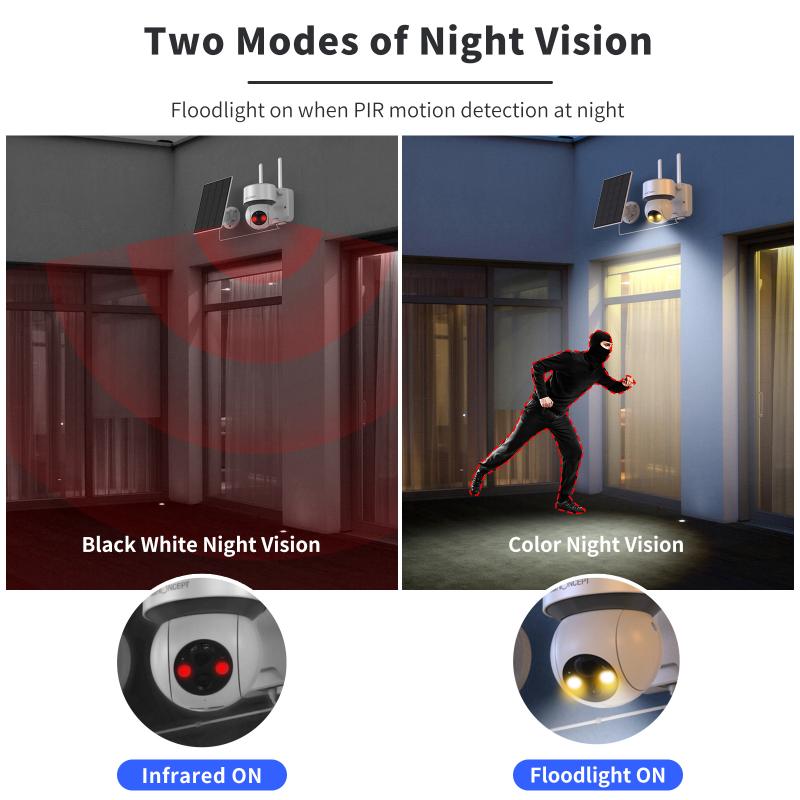How Many Solar Panels For A House?
When considering the installation of solar panels for a house, one of the most common questions homeowners ask is, "How many solar panels do I need?" This question is crucial as it directly impacts the efficiency, cost, and overall feasibility of transitioning to solar energy. In this article, we will delve into the various factors that determine the number of solar panels required for a house, providing a comprehensive guide to help you make an informed decision.
Understanding Your Energy Needs

The first step in determining the number of solar panels you need is to understand your household's energy consumption. This can be done by reviewing your electricity bills over the past year. Most electricity bills will show your monthly usage in kilowatt-hours (kWh). By averaging these numbers, you can get a good estimate of your monthly and annual energy consumption.
For example, if your monthly energy consumption is 900 kWh, your annual consumption would be:
\[ 900 \text{ kWh/month} \times 12 \text{ months} = 10,800 \text{ kWh/year} \]
Solar Panel Output

The next factor to consider is the output of the solar panels you plan to install. Solar panels are rated by the amount of power they produce under standard test conditions, usually expressed in watts (W). Common residential solar panels range from 250W to 400W.
To calculate the number of panels needed, you also need to consider the average number of sunlight hours your location receives per day. This information can be obtained from solar insolation maps or local weather data. For instance, if your location receives an average of 5 sunlight hours per day, you can calculate the daily energy production of a single panel as follows:
\[ \text{Daily Energy Production} = \text{Panel Wattage} \times \text{Sunlight Hours} \]
For a 300W panel:
\[ 300 \text{ W} \times 5 \text{ hours} = 1,500 \text{ Wh/day} = 1.5 \text{ kWh/day} \]
Calculating the Number of Panels

Now that you have your annual energy consumption and the daily energy production per panel, you can calculate the number of panels needed. Using the previous examples:
\[ \text{Annual Energy Consumption} = 10,800 \text{ kWh/year} \]
\[ \text{Daily Energy Production per Panel} = 1.5 \text{ kWh/day} \]
First, convert the annual consumption to daily consumption:
\[ \text{Daily Energy Consumption} = \frac{10,800 \text{ kWh/year}}{365 \text{ days/year}} \approx 29.6 \text{ kWh/day} \]
Next, divide the daily energy consumption by the daily energy production per panel:
\[ \text{Number of Panels} = \frac{29.6 \text{ kWh/day}}{1.5 \text{ kWh/day per panel}} \approx 20 \text{ panels} \]
Roof Space and Panel Efficiency

Another critical factor is the available roof space. Solar panels require a certain amount of space, and the efficiency of the panels can affect how much space is needed. Higher efficiency panels produce more power per square foot, which can be beneficial if you have limited roof space.
For instance, if each 300W panel measures about 17.6 square feet, and you need 20 panels, the total roof space required would be:
\[ 20 \text{ panels} \times 17.6 \text{ sq ft/panel} = 352 \text{ sq ft} \]
Other Considerations
Orientation and Tilt
The orientation and tilt of your roof can also impact the efficiency of your solar panels. Ideally, panels should face south (in the Northern Hemisphere) and be tilted at an angle equal to your latitude to maximize sunlight exposure.
Shading
Shading from trees, buildings, or other obstructions can significantly reduce the efficiency of your solar panels. It's essential to conduct a shading analysis to ensure that your panels receive maximum sunlight throughout the day.
Local Regulations and Incentives
Local building codes, zoning laws, and homeowner association rules can affect your solar panel installation. Additionally, various federal, state, and local incentives can reduce the cost of your solar system, making it more affordable.
Determining the number of solar panels needed for your house involves several factors, including your energy consumption, panel output, roof space, and local conditions. By carefully analyzing these factors, you can make an informed decision that maximizes the efficiency and cost-effectiveness of your solar energy system.
Transitioning to solar energy is a significant investment, but with the right information and planning, it can lead to substantial long-term savings and environmental benefits. Whether you're motivated by reducing your carbon footprint, lowering your energy bills, or increasing your home's value, understanding how many solar panels you need is the first step towards a sustainable future.
